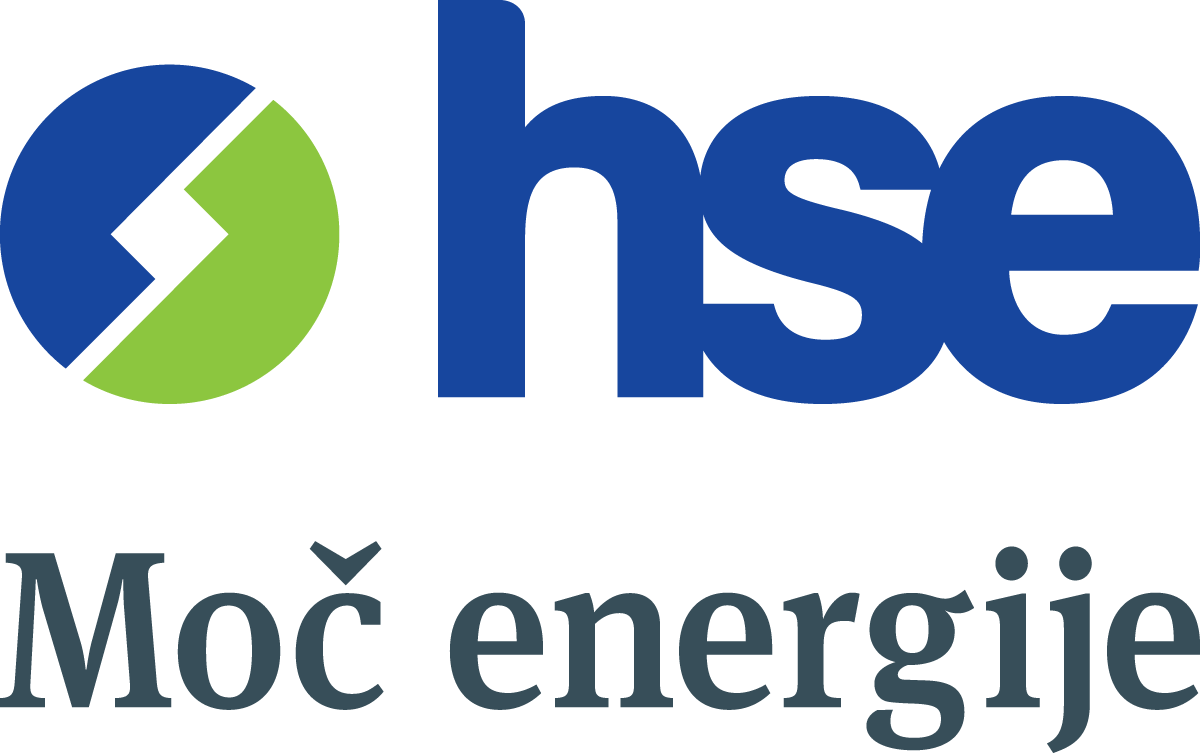The HSE Group is the largest producer of electricity from renewable sources in Slovenia, which includes hydro power. In 2022, our hydro power plants on the Drava, Soča and Sava rivers produced a total of 2,560 GWh of electricity, which represents approximately half of the production portfolio of the HSE Group and the supply of 571,000 or 66% of household customers. At the national level, the HSE Group produces more than a third of electricity from hydro power.
In building facilities and utilising the hydro power of our rivers, we always take into account environmental protection requirements and the principles of sustainable and natural development, all with the aim of an efficient and universally beneficial green transition of Slovenia to carbon-free society, adaptation and resilience to climate change and greater electricity self-sufficiency of Slovenia, especially from renewable sources.
The production of electricity from hydro power – as well as other renewable sources – will play an important role in the green transition of Slovenia, where the HSE Group is one of the main stakeholders. Dravske Elektrarne Maribor (DEM) operates eight large hydro power plants, five small hydro power plants and six solar power plants with a total capacity of more than 600 MW, annually producing an average of 2,731 GWh of electricity and supplying approximately 609 thousand households in Slovenia. Soške Elektrarne Nova Gorica (SENG), which owns 22 small hydro power plants, five large hydro power plants and a pumped-storage hydro power plant, as well as a small solar power plant with a total capacity of 338 MW, produces an average of 704 GWh of electricity annually, which is enough to supply approximately 157 thousand households in Slovenia. Hidroelektrarne na Spodnji Savi (HESS), in which HSE holds a 49% stage, operates four hydro power plants with a total capacity of 158 MW and an average annual production of 577 GWh of electricity, which enables the annual supply of 128 thousand households in Slovenia. All chains of hydro power plants that operate under the auspices of the HSE Group are a good example of strategic water management in terms of the synergy effects of the production of “green” electricity on the one hand, and responsible and multi-beneficial management of the environment in which the hydro power plants operate on the other hand.
“Hydro power has a special place in the HSE Group,” Tomaž Štokelj, the Director General of HSE, said on the occasion of World Water Day. “We are aware that water is one of the most important strategic assets, which is why, when building and utilising the hydro power of our rivers for energy, we always take into account environmental protection requirements and the principles of sustainable development, while at the same time providing flood control measures and a suitable habitat for aquatic organisms,” noted the Director General of HSE.
The companies of the HSE Group, which operate hydro power plants on the Slovenian rivers, regularly maintain the constructed energy infrastructure, both the power plants and the banks of rivers and channels, thus ensuring flood safety of the adjacent residential, agricultural and other land. The banks that are developed and maintained in cooperation with municipalities are being provided with additional functions in the form of cycling and walking paths, while the construction of hydro power plants also takes into account the use of the environment for tourism, fishing and recreational purposes, while at the same time taking care of aquatic and riparian organisms. Ladders for aquatic organisms, islands for birds, habitats for pond turtles, wetlands, aquatic habitats, sand walls for nesting of kingfishers, etc., were developed as part of the construction of the hydro power plants on the lower Sava. Another example of the coexistence of hydro power plants and aquatic and riparian organisms are the islands on Lake Ptuj, created as part of the LIFE Drava project and intended for the nesting and permanent or temporary residence of many species of birds. It is interesting and worth mentioning that residents of the broader area of Tolmin and Most na Soči are supplied with drinking water from the small hydro power plant Zadlaščica, which is also a good example of the siting of a commercial facility in a sensitive natural environment of Triglav National Park.
The HSE Group has big plans when it comes to generating electricity from the Slovenian rivers. One of the most important is the commencement of construction of hydro power plants on the middle Sava: once built, these are expected to produce an additional 1,105 GWh of electricity, which will be sufficient to supply 246 thousand households. Also interesting and important are the opportunities provided by the simultaneous exploitation of multiple sources of power. The first hybrid power plant in Slovenia, which produces renewable electricity from hydro and solar power, while the run-of-the-river reservoir enables the storage of excess electricity and acts as a battery, has already been built next to Brežice Hydro Power Plant on the lower Sava. Dravske Elektrarne Maribor has meanwhile built a 2.5 MW solar power plant on the banks of the Zlatoličje Hydro Power Plant: the planned potential of solar power plants on the banks of the Formin and Zlatoličje hydro power plants is as much as 30 MW.
“One of our main tasks is facilitated investment in renewable sources and thereby a greater share of environmentally-friendly electricity, while at the same time reducing dependence on imports,” noted Tomaž Štokelj, the Director General of HSE. “The HSE Group is successfully gearing up to play the role of one of the main stakeholders in the green transition of the Slovenian energy industry, and all our development plans are focused on this.”








